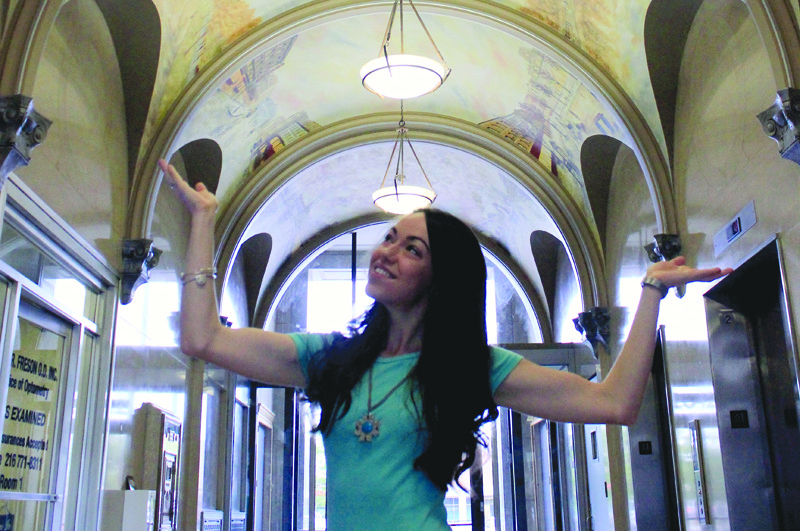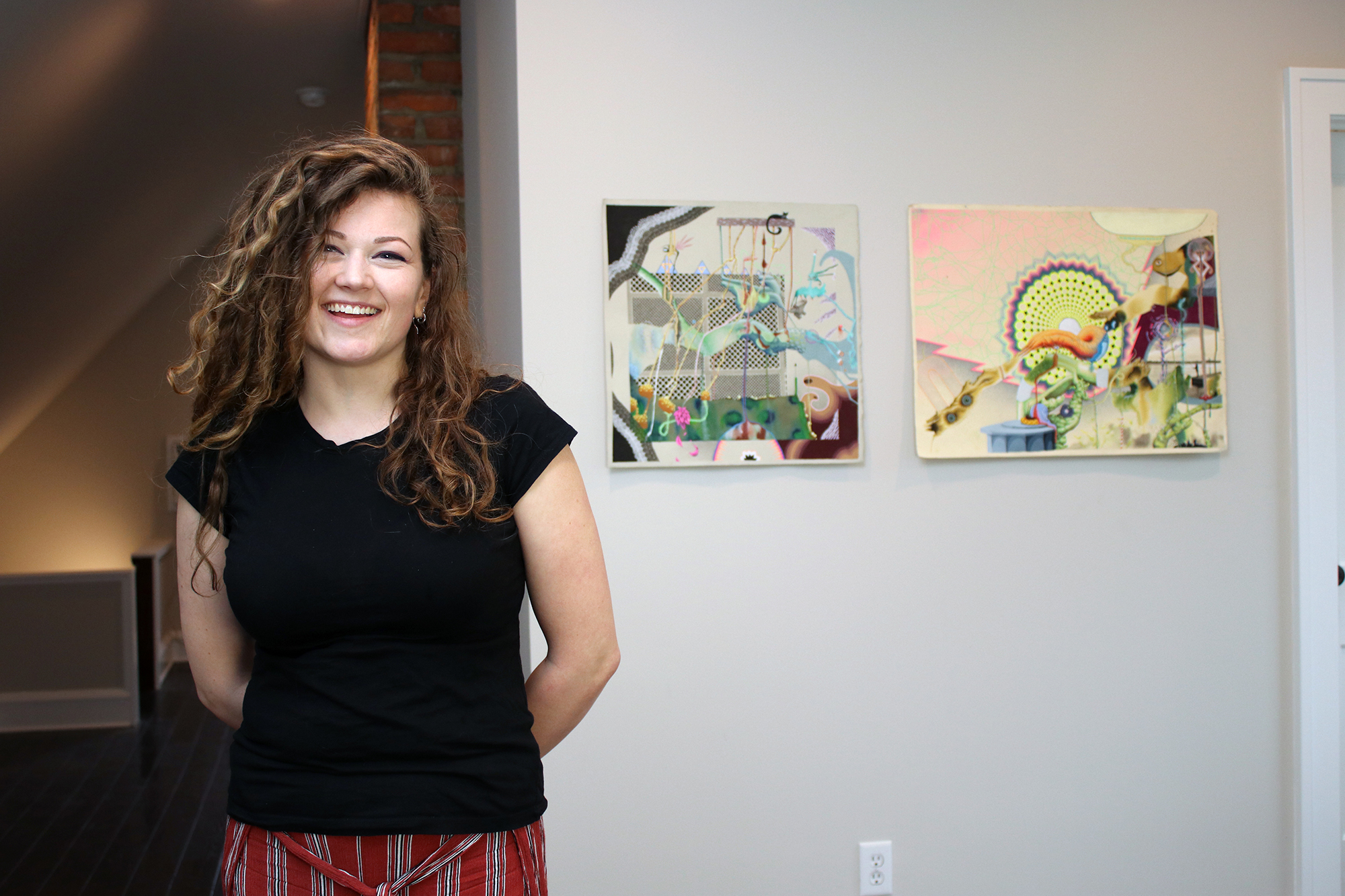Renaissance Man
Martín Céspedes • Choreographer
By Bob Abelman
“The conductor has his score, the director his script. The choreographer? Nothing but an intention, hopefully an inspiration and a room full of bodies.”
That, according to Martín Céspedes, is the tabula rasa that is musical theater choreography. He should know, having spent the last 15 years in Cleveland engaging in that enterprise at nearly every professional theater in town after a career touring the nation in celebrity-studded productions of Broadway shows that include “The King and I,” “South Pacific” and “Man of La Mancha.”
When he takes on a new project, Céspedes, of Westlake, finds the intention behind the dance-to-be by listening to the musical’s cast album, which he does repeatedly in the isolation of his studio. “The potential for dance arrangements,” he confides, “resides in the recording. I stand in front of the mirrors, set up my phone camera, and I riff, notating the length of the dance break, the time signatures – slow, 3/4, 4/4 – and envisioning style of music – waltz, rumba and so on.”
He then performs and storyboards possibilities as he visualizes himself in the specific situation the dialogue has created for the music and taps the emotion that the music has created for the dance. The results of this creative process were most certainly on display during the recent world premiere revisiting of “Jane Eyre” by Cleveland Musical Theatre, where Céspedes’ graceful choreography created dramatic, fluid tableaus that captured – along with Gothic lighting design and period-perfect costuming – the tenor of Eyre’s haunting childhood memories so vividly described in Charlotte Brontë’s 1847 novel.
Though inspired by and often paying homage to the choreography created for the original Broadway productions he is re-staging, Céspedes is driven to follow his own muse and find his own voice. “While Jerome Robbins and Bob Fosse have created the footprint,” says Céspedes, “the actual steps need to be your own.”

His ability to tell a wordless story in his own voice was first recognized during his childhood in the Manhattan neighborhood of Harlem, where New York City Ballet principal dancer Jacques d’Amboise visited his elementary school as part of an outreach program that would eventually become the National Dance Institute. Céspedes was singled out and taught theater movement and ballet, which when combined with the vivacious Latin rhythms he learned from his mother, would become the core of his own choreography.
But his signature style – which colleagues have described as “cinematic” – came later. It started with his love of film musicals. “The first time I saw ‘West Side Story,’” the 58-year-old recalls, “I was as amazed by the cinematography as the choreography.”
Years later, while cast to perform ballet in the PBS-televised opera “Le Cid” at the Kennedy Center in Washington, D.C., “I came in and watched the camera placement rehearsals and noticed how they angled the audience’s perspective and shaped the dance numbers.” He realized that dance did not necessarily need to be defined or confined by the proscenium arch.
If you’ve seen the mega-musical “Hamilton,” you may recall choreographer Andy Blankenbuehler’s staging of the deadly duel between Hamilton and Burr. As if in a movie, the slow-motion action of the actors rotated 360 degrees on a turntable built into the stage to create a highly cinematic interpretation of the shooting. Céspedes does this kind of work as well, but without the turntable or any other technology. Just a “room full of bodies.” He creates the equivalent of wipes, dissolves, close ups and unique vantage points through movement alone, and he does this for musical numbers as well as their transitions from and back into a dramatic scene.
Because of the audience’s overt familiarity and comfort with cinematic storytelling from its movie going and television watching, notes Céspedes, “the audience is transported without ever realizing it. And that is the magic behind every musical.” CV
On stage
- Céspedes will choreograph “Hair,” Nov. 1-10 at Kent State University’s E. Turner Stump Theatre, 17 Theatre Drive, Kent.
- Céspedes also will choreograph “Shrek: The Musical,” on stage from Dec. 6 to Jan. 5, 2020 at the Beck Center for the Arts, 17801 Detroit Ave., Lakewood.
Lead image: Courtesy of Martín Céspedes











